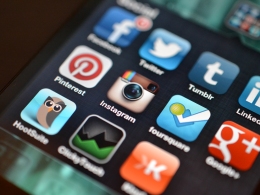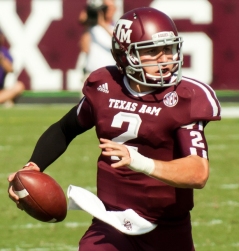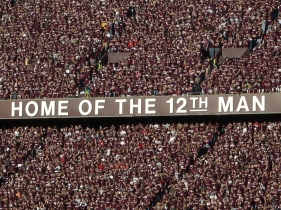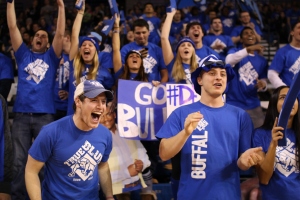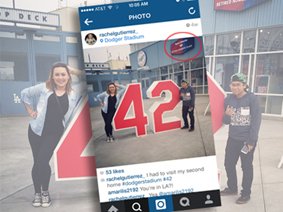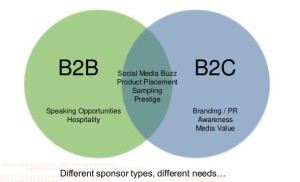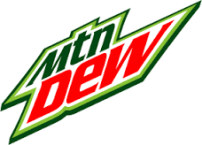With one of the greatest match-ups in boxing history… is the sport thriving or dying?
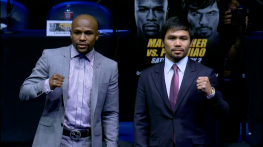 As Floyd Mayweather Jr. continues to celebrate his victory against Manny Pacquiao, astronomical sales figures for the “Fight of the Century” are still being calculated. It’s estimated at least 5.23 million people ordered the $100 event through pay-per-view. Tickets to watch the fight at the MGM Grand in Las Vegas were selling for $1,500 to $500,000. Astronauts onboard the International Space Station even got a chance to view the match.
As Floyd Mayweather Jr. continues to celebrate his victory against Manny Pacquiao, astronomical sales figures for the “Fight of the Century” are still being calculated. It’s estimated at least 5.23 million people ordered the $100 event through pay-per-view. Tickets to watch the fight at the MGM Grand in Las Vegas were selling for $1,500 to $500,000. Astronauts onboard the International Space Station even got a chance to view the match.
It’s going to be a once in a lifetime type of fight, and I’m going to be there just for the event of it all. Growing up loving sports, to be in a position where I can go to this type of event… it’s just wonderful.” -Tony Buzbee, an attorney who paid $74,000 for a pair of 12th-row seats
There has been a strong demand for Mayweather and Pacquiao to face off for years, but did they fulfill those wishes for the right reasons?
Mayweather didn’t waste any time showing off his first check worth $100 million. The fight also didn’t live 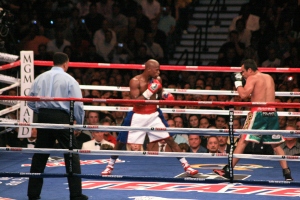 up to the hype. Some say it was boring. It lasted less than an hour, and there were only a combined 229 punches. It doesn’t help that it was later revealed that Pacquiao was fighting with an injured shoulder.
up to the hype. Some say it was boring. It lasted less than an hour, and there were only a combined 229 punches. It doesn’t help that it was later revealed that Pacquiao was fighting with an injured shoulder.
Although the “Super Bowl” of fighting is over and it’s difficult to pinpoint what to look forward to next, boxing is certainly not dead. It’s a niche sport. Adam Wells with Bleacher Report points out the fight was only dull to people who occasionally jump on the bandwagon:
But this wasn’t so much a boring fight as a Floyd Mayweather fight, and you can label it dull if you wish, rail that he just doesn’t excite the masses with the offense everyone craves, but this is exactly what was likely to happen.”
Boxing will never be as appealing as the National Football League and the National Basketball Association. Despite Mike Tyson telling aspiring boxers to “Go to MMA,” boxing continues to show signs of growth.
Darren Rovell with EPSN points out boxing has delivered from both a revenue and time-filling standpoint as sports rights fees skyrocket. Stephen Espinoza, executive vice president of Showtime Sports and Event Programming, has this philosophy:
Millions of people in this country watch one fight a year. But if they have a really good experience, we believe they’ll watch two or three.”
Earlier this year, NBC and SpikeTV agreed to carry certain matches in primetime and on Saturday afternoons over the next several years. CBS also signed a multi-year contract to air at least eight Saturday events between April and September.
Boxing is thriving. The sport is just not on everyone’s radar until big matches pop up, like Mayweather vs. Pacquiao, which help make up for lost time when they generate a projected record $400 million.
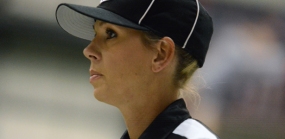 her the first full-time female referee in the NFL’s 95-year history.
her the first full-time female referee in the NFL’s 95-year history.
 Rewind. You can’t place all the blame on colleges for not preparing students for the “real-world.” Many universities are helping students play catch-up because they didn’t learn valuable skills in high school.
Rewind. You can’t place all the blame on colleges for not preparing students for the “real-world.” Many universities are helping students play catch-up because they didn’t learn valuable skills in high school.